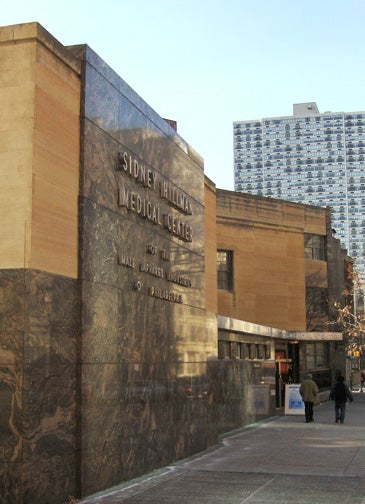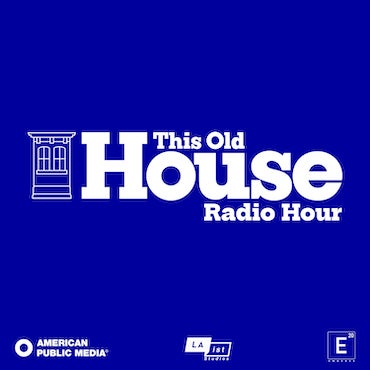Hillman Center’s demise will signal larger problem with architectural legacy here

June 24
To: Editor, PlanPhilly
Re: Proposed demolition of Hillman Medical Center
OPINION / By Frank Matero
The Philadelphia Historical Commission’s approved demolition of the Sidney Hillman Medical Center highlights the latest setback in the city’s recognition and development of its wealth of architectural resources. Buildings from the mid-20th century and from the Modern design movement in particular, comprise a significant portion of Philadelphia’s historic urban and suburban landscapes.
The region has been home to some of the country’s most important Modernist architects and schools of architecture, including Louis Kahn, Mitchell/Giurgola, and Howe and Lescaze, whose local works, such as the PSFS Building (Howe and Lescaze, 1930-32) and the Richards Medical Research Laboratory (Louis Kahn, 1957-64) have become internationally-recognized icons. The region also features significant works by some of the 20th century’s most celebrated architects, including Frank Lloyd Wright, I.M. Pei, Richard Neutra, Pietro Belluschi, and Eero Saarenin.
Additionally, a large number of works by local and lesser-known designers reflect the wide-spread influence of the Modern Movement on American architecture, and evolution of a particular regional Modernism around Philadelphia, that defines the period and much of the city. Encompassing a wide variety of building types and reflecting the era’s diverse approaches, these works, constitute a unique and important representation of Modern Movement styles and typologies.
Philadelphia’s Modern Movement architecture is endangered, representing one of the most threatened cultural resources in the entire area. As the Historical Commission’s decision clearly indicates, threats to these significant works include redevelopment pressures and a lack of information and knowledge about these important resources and their role in the development of Philadelphia’s urban and suburban landscape.
Today’s hindsight on the wholesale destruction of much of Philadelphia’s late 19th century Victorian heritage and the works of regional architects such as Frank Furness during the 1950s and 60s, confirm why the city must act now to recognize, protect, and develop these resources. Indeed, buildings and landscapes from this era have only recently gained status as “heritage,” and treating the “recent past” as heritage provokes controversy.
When the Rittenhouse-Fitler Historic District was defined in 1985 and locally designated in 1995, the Hillman Medical Center, then 45 years old, was listed as a “contributing” building, recognizing even then its architectural value to the street, the district, and the city. Were the building to be re-evaluated today, it would clearly qualify for full protection as a significant example of mid century Modernist architectural design and social program that so well defined the movement.
Because these resources are among the most threatened and least understood, Philadelphia’s 20th-century works need to be researched and re-evaluated as a group; set in context (vis-à-vis historical development and other historical resources and preservation priorities); and surveyed region-wide. Examples of all significant types of Modern Movement buildings and landscapes should be thoroughly documented in order to support public awareness, public policy, and effective preservation.
There is an urgent need now to address these pressing issues through a critical study and evaluation of greater Philadelphia’s Modern Movement resources in preparation for a strategic plan for better preservation and redevelopment. To this end, the University of Pennsylvania’s Historic Preservation Program began an annual program in 2008 to record local Modernist works at risk. The Hillman Center was planned for 2010. Hopefully it is still not too late.

Frank Matero, Professor of Architecture and Chair, Graduate Program in Historic Preservation, School of Design, University of Pennsylvania
WHYY is your source for fact-based, in-depth journalism and information. As a nonprofit organization, we rely on financial support from readers like you. Please give today.



